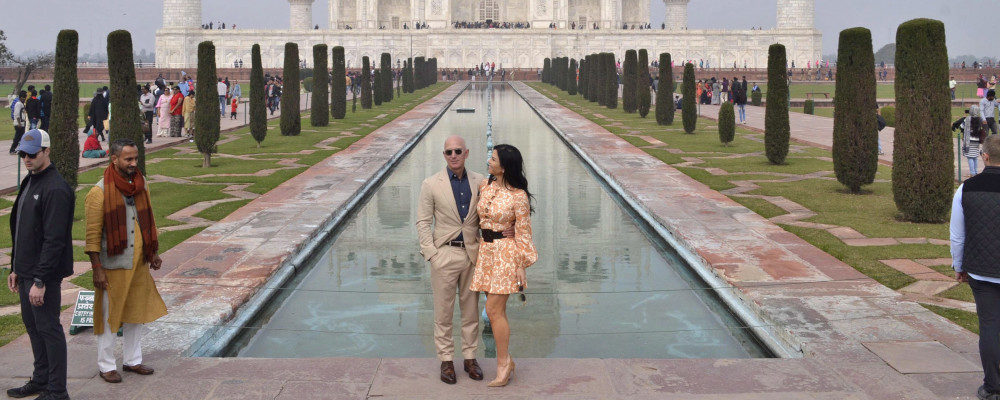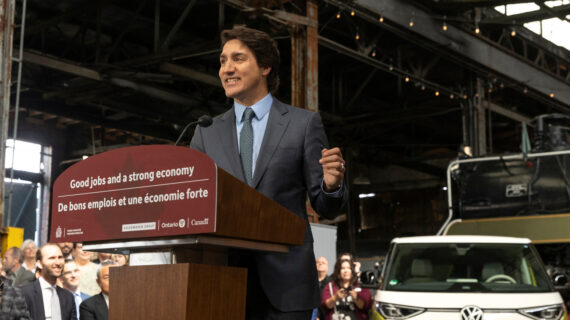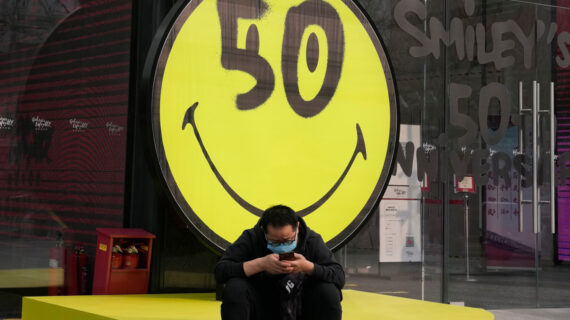Economic inequality is a dominant public policy issue given that along with its effects on economic welfare, it is also a factor in health outcomes such as COVID-19.
Research is showing that countries with higher income inequality experienced more COVID-19 cases and deaths. Inequality is even considered a factor in hampering the post pandemic economic recovery. Needless to say, it is important to understand exactly what inequality is.
Inequality is a multi-dimensional problem affecting not only income, but consumption, wealth and access to opportunity.
Nevertheless, much of the current policy debate focuses on the income shares of the top one percent of earners when wealth inequality is likely the bigger problem. Wealth provides greater long-term economic security and can be a better long-term indicator of social status and economic and political power.
MORE SIGNAL. LESS NOISE. THE HUB NEWSLETTER.
Wealth inequality is complex and the outcome of economic change as well as institutional forces. It can be a transitory part of the economic life cycle, given that wealth and income rise with age.
It can also become ossified, persisting across generations and reinforced via cycles of poverty and discrimination. Wealth inequality can be pushed up by economic growth and industrialization but mitigating factors can pull it back down, such as during the 20th century which saw increased unionization rates, estate taxation, mass public education, social welfare interventions and the fostering of home ownership.
While housing prices are considered a factor in driving inequality at present, it was not always the case. One often unacknowledged past example towards more equitable wealth distribution was the United Kingdom’s Housing Act of 1980 which provided incentives to public housing or council house tenants helping them to buy their homes at a discount. As a result, the British home ownership rate increased 15 percentage points — from 55 percent in 1979 to over 70 percent by the early 2000s which certainly fostered more broad-based wealth holding.
While taxes on wealth are levied in 24 of the 36 OECD countries, they have played limited roles in tax revenues
At the same time, a reduction in union strength as well as the end of estate taxation and less progressive tax systems may also be factors raising overall economic inequality since the 1970s.
There have been calls for increased wealth taxes as a solution to growing wealth inequality as well as meeting the expenditure demands of the COVID-19 pandemic.
But a recent OECD review finds that while taxes on wealth — like inheritance, estate and gift taxes — are levied in 24 of the 36 OECD countries, they have played limited roles in tax revenues. In 2018, only 0.5 percent of total tax revenues were sourced from these taxes on average across the countries that levied them.
In the case of Canada, which abolished estate taxation in the 1970s, it has been suggested that wealth taxes add relatively little to the taxes on capital and capital income that are already in place and come with substantial administrative challenges.
Wealth inequality has been high and persistent, though some eras have seen lower wealth inequality than others. The industrial growth and development of the 19th century saw immense surges in wealth inequality. The evidence for Canada, the United States, and the United Kingdom shows reduced wealth inequality starting in the 20th century after the increases of industrialization.

The period since the 1970s has seen some rebound in wealth inequality in these three countries but it has been most striking in the United States. In the case of Canada, more recent estimates put the current wealth share of the top 1 percent at closer to 30 percent.
Wealth inequality everywhere is ultimately driven by complex interacting forces and not necessarily by simple inexorable laws relating rates of return and accumulation. Wealth inequality is an outcome of economic change. Economic change via war, globalization, technological change, and property booms creates winners and losers with the shifting balance driving changes in inequality. Economic change and disruption benefit those who are able to take advantage of new opportunities, resulting in more inequality. In a sense, some inequality is inevitable if one has robust economic growth.
Of course, these trends based on the top one percent obscure changes within the wealth distribution. For example, as the 20th century progressed, Canada saw a shift that saw the wealth share of the top 10 percent decline while that of the next 40 percent has increased. However, what is truly remarkable is how poorly the bottom 50 percent have done over time with their share remaining practically constant at under 10 percent. The chief beneficiaries in Canada of a more equitable 20th century wealth distribution have been the ‘‘middle’’ wealth holding classes as represented by the next 40 percent of the distribution after the top 10 percent.
This on its own represents a substantial historical achievement in terms of increasing economic security and creating broader wealth holding but it comes with issues.
The high inequality of the 19th century is attributed to the effects of raw capitalism without a social safety net, but the present is also disconcerting. After all, by the third quarter of the 20th century Canada had adopted a reasonably comprehensive redistributive state with income security programs, child support payments and credits, subsidized university education, public health care, and other assorted public goods and infrastructure.
One might expect that, over time, human capital would rise, earnings rise, and wealth flow down to those at the lower end of the wealth distribution. While everyone is richer in absolute terms because of rising real income and wealth, the relative shares of the bottom 50 percent have not improved. It appears that the poor are still with us.
The persistence of low asset holding among the bottom 50 percent of the wealth distribution is a serious issue that public discourse has largely neglected, preferring instead focusing on the relative shares of the top one percent and “middle class” hardship.
The 20th century expansion of the redistributive role of government was accompanied by an expansion of middle-class wealth holding but not increased wealth shares of the bottom half of the distribution. It is unclear what the factors driving this persistence of inequality are.
Intergenerational growth of inequality via intergenerational transmission of values and attitudes toward human capital, saving and wealth may be factors. And all of this is probably going to be compounded in coming years by the educational disruption of COVID-19 and its effects on human capital acquisition particularly in lower income and more marginalized communities.
Acknowledging these realities is a start in addressing what has been a long-standing and persistent problem in inequality.




